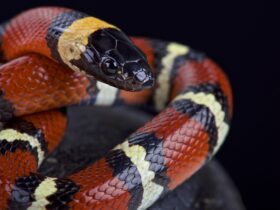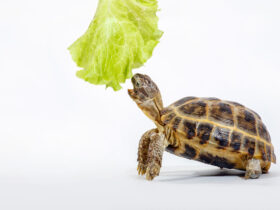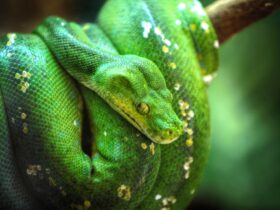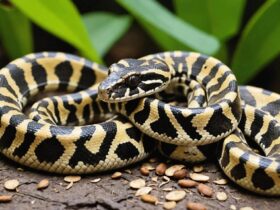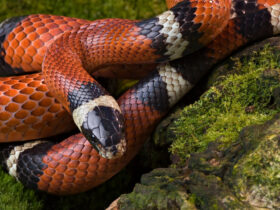Snakes can be fascinating pets, but just like any animal, they have their moods. Sometimes, they get agitated, and it’s important for owners to know how to handle these situations. By understanding what makes your snake tick, you can create a more comfortable environment and keep them calm. This guide will walk you through recognizing agitation signs, safe handling, and even how diet plays a role in their mood.
Recognizing Signs of Snake Agitation
Understanding Body Language
Snakes, like all creatures, have their unique ways of expressing discomfort or agitation. Recognizing these signs early can help prevent stress-related issues. One common sign is when a snake coils its neck into an ‘S’ shape. This posture often indicates that the snake feels threatened and might be ready to strike. Additionally, hissing is another clear signal that your snake wants to be left alone. Tail shaking or rattling, even in non-rattlesnake species, is a defensive behavior meant to scare off threats.
Identifying Stress Indicators
Stress in snakes can manifest in various ways. You might notice a change in eating habits, such as a decreased appetite or outright refusal to eat. Sometimes, stressed snakes will musk or defecate when handled, which is a way to deter predators. Look for changes in behavior too, like increased aggression or excessive hiding. If you see these signs, it’s important to evaluate the snake’s environment and handling routines.
Common Triggers of Agitation
Several factors can lead to snake agitation. Handling the snake too soon after feeding can cause stress and even lead to regurgitation. Loud noises or sudden movements can also startle a snake, making it feel unsafe. Environmental issues, like incorrect temperature or humidity, can make the snake uncomfortable, leading to agitation. Always ensure the habitat is set up to mimic their natural environment as closely as possible. For more detailed guidance on setting up a snake-friendly environment, check out this guide.
Remember, a calm snake is a happy snake. By understanding their body language and stress indicators, you can create a more peaceful environment for your pet.
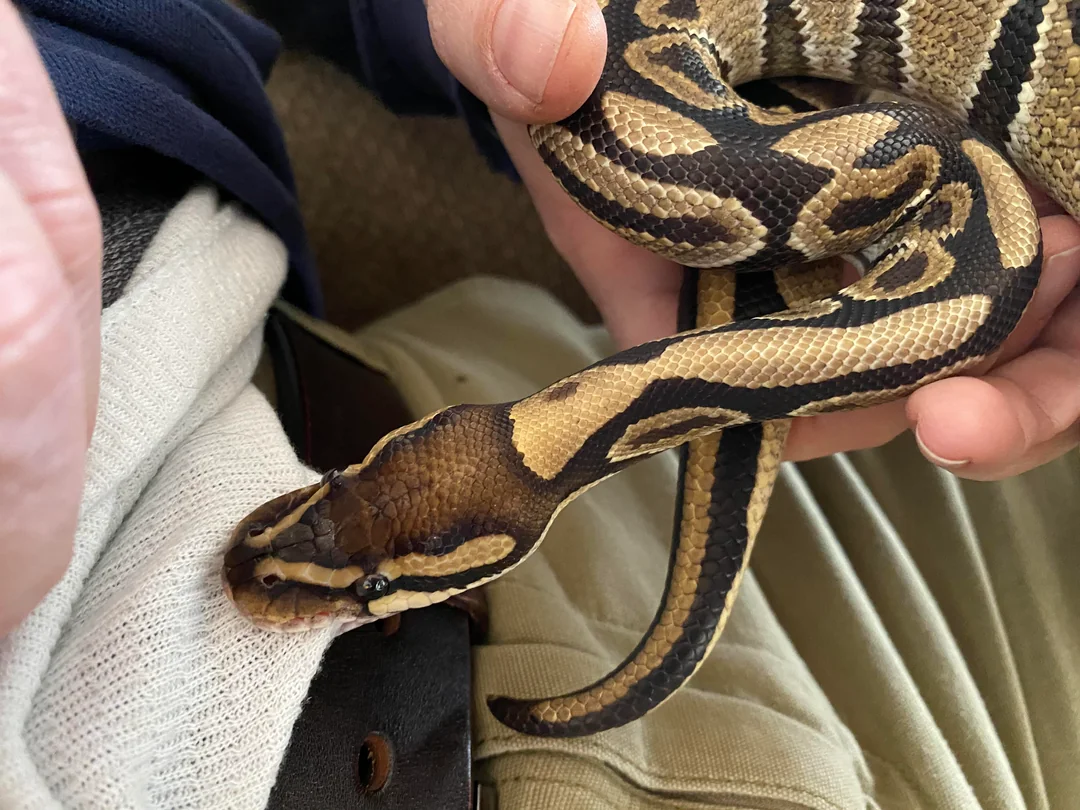
Safe Handling Practices for Agitated Snakes
Handling a snake that’s a bit on edge can be tricky, but with the right approach, it doesn’t have to be a nightmare. Let’s dive into some practical tips to make sure both you and your snake stay safe and stress-free.
Approaching with Caution
First things first—approach your snake with a calm and steady demeanor. Snakes pick up on vibes, and if you’re jittery, they’ll sense it. Always move slowly and avoid sudden gestures that might startle them. Remember, they’re not the biggest fans of loud noises either. A quiet, gentle environment is your best bet.
Techniques to Calm Your Snake
Once you’ve approached, there are a few techniques you can use to help calm your snake. Gently support their body, making sure they’re secure but not squeezed. Snakes need to feel stable. Short, regular handling sessions can help them get used to you. Over time, they’ll become more relaxed and less skittish.
When to Avoid Handling
Sometimes, it’s best to just leave your snake alone. If they’ve just eaten, handling them can lead to regurgitation, which is not fun for anyone involved. Also, if they’re shedding or showing signs of stress—like excessive hiding or aggression—give them some space. It’s all about reading the room and respecting their boundaries.
Handling an agitated snake requires patience and understanding. It’s about building trust and ensuring both you and your pet feel comfortable. Take things slow and steady, and you’ll both be better for it.
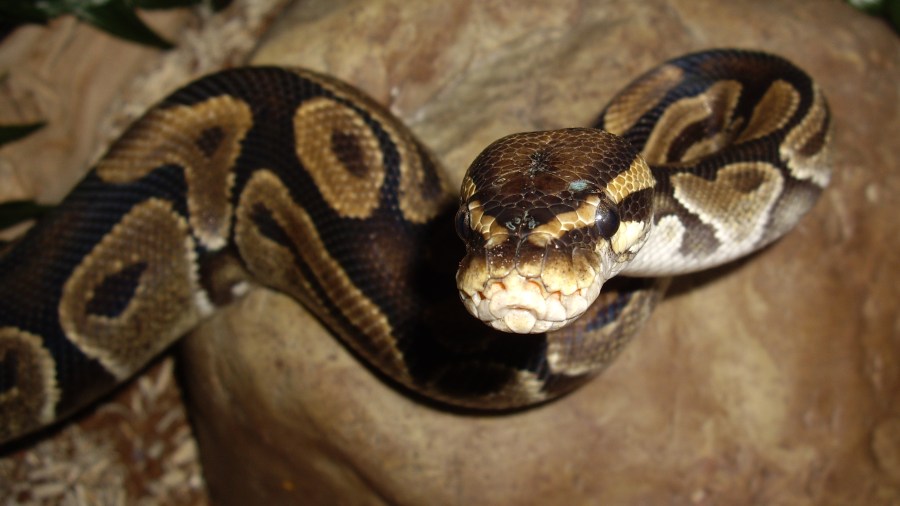
For more insights on creating a safe and enriching environment for your snake, check out our essential considerations for beginner snake owners. This guide covers everything from housing to handling, ensuring a rewarding experience for both you and your scaly friend.
Creating a Stress-Free Environment
Optimal Enclosure Setup
Designing the perfect home for your snake is all about balance. A well-set enclosure mimics their natural habitat, providing comfort and security. Start with the right size tank; it should be spacious enough for your snake to stretch out fully. Use bedding that suits your snake’s species, like aspen shavings or coconut husk. Add some branches or rocks for climbing and exploring. Remember, the enclosure should feel like a safe haven, not a prison.
Temperature and Humidity Control
Snakes are cold-blooded, meaning they rely on external heat sources to regulate their body temperature. It’s crucial to maintain a temperature gradient in the tank. Use a heat lamp or pad on one side to create a warm zone, while the opposite side stays cooler. This lets your snake choose where it’s most comfortable. Humidity is another key factor. Too much or too little can cause stress and health issues. Regularly check the humidity levels with a hygrometer and adjust as needed.
Providing Hiding Spots
Hiding spots are essential for a snake’s well-being. They offer a place to retreat, reducing stress and helping them feel secure. Use hide boxes or small caves placed at different points in the enclosure. Make sure they’re snug enough for your snake to feel safe but still allow for easy access. A happy snake is one that can hide away when it needs to, so don’t skimp on these cozy corners.
Creating a stress-free environment isn’t just about the physical space. It’s about understanding your snake’s needs and making adjustments to ensure they feel safe and comfortable. By focusing on these key elements, you can help your snake thrive in its home.
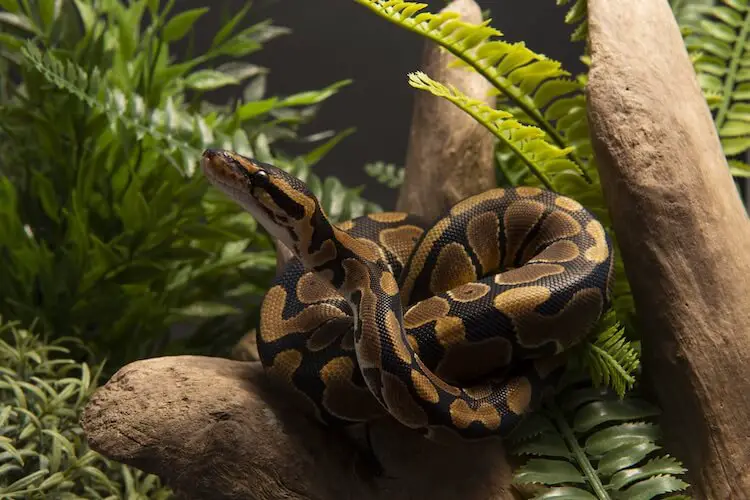
Health Implications of Prolonged Agitation
Potential Health Risks
When snakes experience prolonged agitation, it can lead to several health issues. One of the primary concerns is the development of stress-induced illnesses. Agitation can suppress the immune system, making snakes more susceptible to infections such as respiratory infections or mouth rot. These conditions can quickly escalate if not addressed promptly. Additionally, chronic stress might lead to digestive problems, including loss of appetite and regurgitation, which can cause malnutrition over time.
Behavioral Changes to Watch For
Behavioral changes are often the first signs that something is amiss. A snake that is usually calm may become more aggressive or defensive. You might notice increased hissing, striking, or even attempts to escape its enclosure. These behaviors are not just annoying; they are indicators of underlying stress. It’s important to monitor these changes closely, as they can signal that your snake is not just agitated, but potentially suffering from a health issue.
Consulting a Veterinarian
If your snake’s agitation persists, it’s wise to consult with a veterinarian who specializes in reptiles. They can conduct a thorough health check to rule out any medical conditions that might be causing the agitation. Early intervention can prevent minor issues from becoming major health problems. A vet can also provide guidance on environmental adjustments or dietary changes that could help reduce stress levels.
Remember, keeping a close eye on your snake’s behavior and health is crucial. Addressing signs of prolonged agitation early can prevent long-term health complications and ensure your pet leads a happy, healthy life.
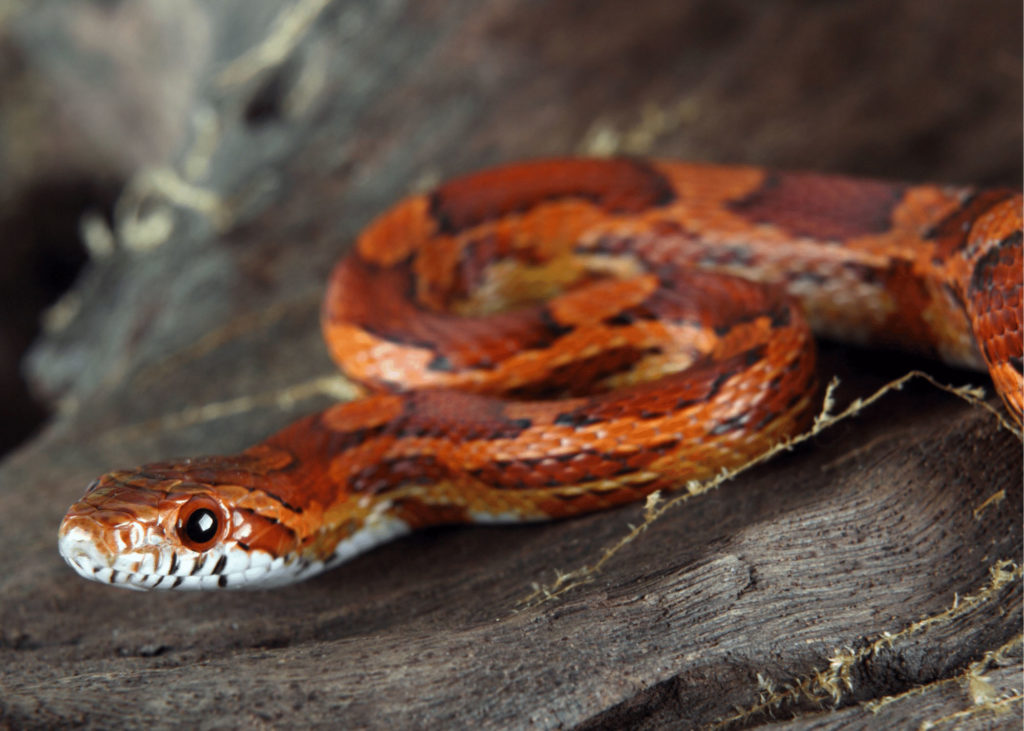
Enrichment Activities to Reduce Agitation
Interactive Toys and Tools
Keeping your snake mentally stimulated is key to reducing agitation. Interactive toys can be a great way to engage your snake’s curiosity. Consider adding climbing structures like branches or rocks, especially if your snake enjoys climbing. These not only provide physical exercise but also mental stimulation. You can also introduce scent trails using different substrates or objects to activate your snake’s sense of smell. Another idea is to rearrange their enclosure occasionally to introduce novelty.
Encouraging Natural Behaviors
Encouraging natural behaviors can significantly reduce stress in snakes. Providing hiding spots and tunnels can make your snake feel secure and allow them to exhibit natural burrowing or hiding behavior. You might also consider offering different textures and surfaces within the enclosure to mimic their natural habitat. This setup can help them feel more at home and less agitated. Also, ensure they have access to fresh water at all times, as dehydration can lead to stress and other health issues. If you’re unsure about the best way to manage your snake’s diet and stress levels, consulting a veterinarian can provide valuable insights.
Monitoring Your Snake’s Response
It’s important to observe how your snake responds to different enrichment activities. Every snake is unique, so what works for one may not work for another. Keep an eye on their body language and behavior to gauge their comfort level. If they seem stressed or avoid certain areas, it might be time to try something new. Regular monitoring will help you adjust their environment to better suit their needs and preferences.
Providing enrichment is not just about keeping your snake entertained. It’s about creating a balanced environment where they can thrive both physically and mentally.
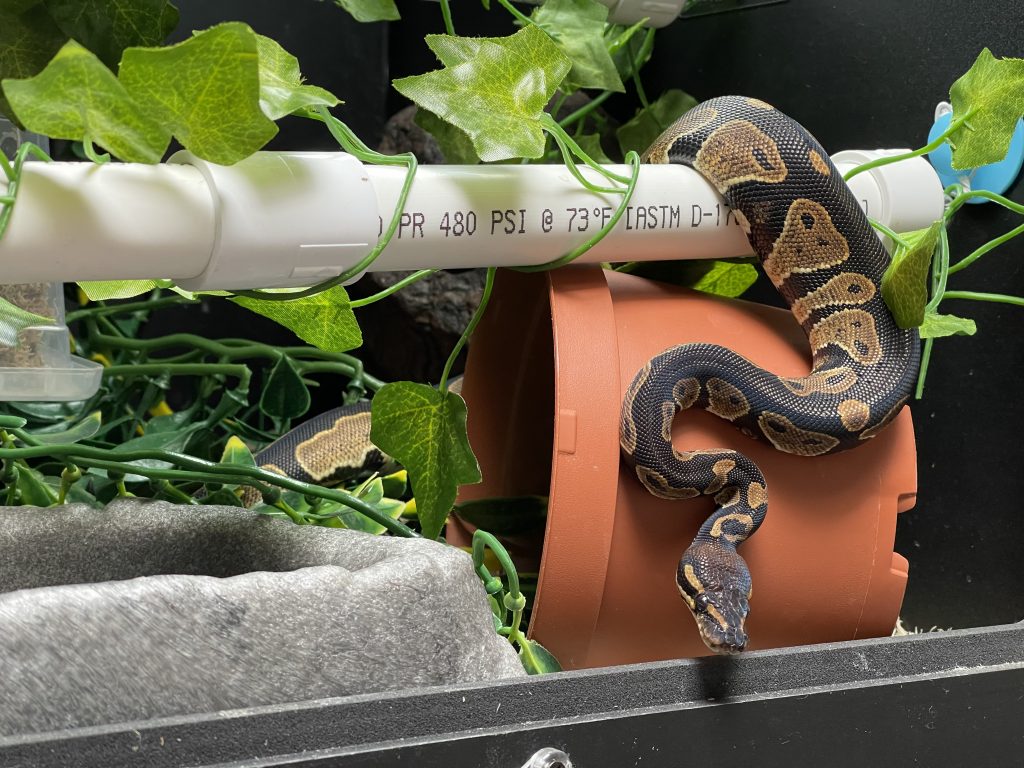
Understanding the Role of Diet in Snake Agitation
Feeding Schedule and Quantity
Feeding your snake the right amount at the right time can make a big difference in their mood. Snakes, depending on their species and age, have specific dietary needs. Generally, younger snakes eat more frequently than adults. Overfeeding or underfeeding can lead to stress and agitation, so it’s crucial to stick to a proper schedule. For instance, a young corn snake might eat every 5-7 days, while an adult may only need feeding every 10-14 days. Keeping track of these intervals helps maintain your snake’s health and temperament.
Recognizing Dietary Stress
Sometimes, diet-related stress isn’t about the amount but the type of food. Snakes are usually fed pre-killed or frozen-thawed prey, which is safer and mimics their natural diet. Offering prey that’s too large or not suitable can cause stress. Look for signs such as refusal to eat, regurgitation, or excessive hiding. These could indicate your snake is experiencing dietary stress. Adjusting the prey size or type might be necessary to alleviate this.
Adjusting Diet for Calmness
If your snake seems agitated, consider tweaking their diet. Some snakes might benefit from a varied diet within their species’ dietary range. Introducing different types of prey can sometimes reduce agitation, as it mimics the variety they might encounter in the wild. Additionally, ensuring their feeding environment is calm and free from disturbances can help. Feeding in a separate, quiet area might also make a difference.
It’s important to remember that a snake’s diet is not just about nutrition but also about their overall well-being. Paying attention to how and what they eat can significantly impact their stress levels and behavior.
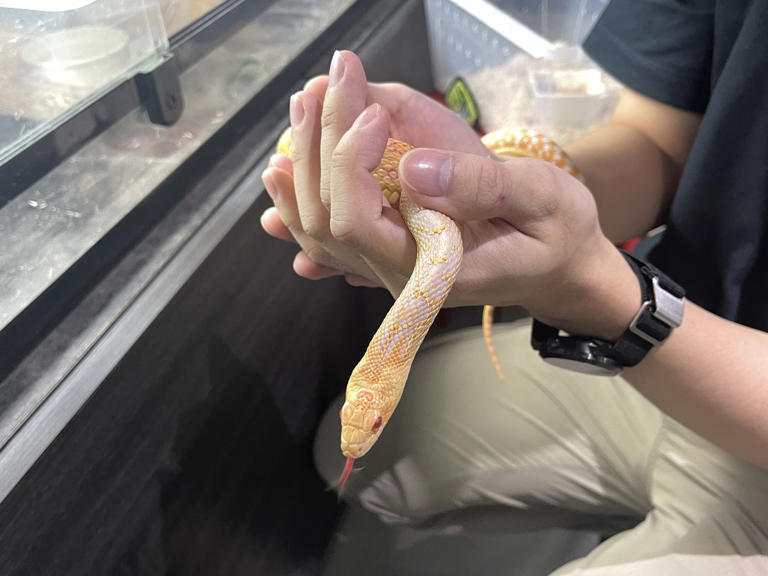
For more detailed feeding tips and handling practices, you might find this guide useful, which delves into feeding frequency and safe feeding techniques.
Wrapping Up: Understanding Your Snake’s Needs
So, there you have it. Dealing with a cranky snake isn’t just about avoiding bites or messes; it’s about understanding your pet’s signals and respecting their space. Remember, a tail shake or a defensive posture is just their way of saying, “Hey, back off a bit.” And if they’re shedding, give them some privacy. It’s like us having a bad hair day, but worse. Keep your hands clean, especially after handling food, and always approach them calmly. Your snake isn’t just a pet; it’s a little piece of nature in your home. Treat it with care, and you’ll both be happier for it. And hey, if things get too confusing, there’s no shame in reaching out to a vet or a snake-savvy friend. Happy herping!
Frequently Asked Questions
Why is my snake shaking its tail?
When a snake shakes its tail, it usually feels threatened and is trying to scare away what it thinks is a predator.
What should I do if my snake releases a bad smell or poop when I hold it?
This means your snake thinks you’re a predator and is trying to get away. It’s best to put it back in its enclosure and give it some space.
Why are my snake’s eyes cloudy or blue?
Cloudy or blue eyes mean your snake is getting ready to shed its skin. During this time, it might be more defensive because it can’t see well.
How can I avoid being mistaken for food by my snake?
Always wash your hands after handling any animal food or prey items. This way, your snake won’t mistake your hands for food.
What are some signs my snake is stressed or sick?
Signs of stress or sickness include not eating, losing weight, acting differently, having trouble shedding, or breathing problems. If you see any of these, visit a vet.
When is it not safe to handle my snake?
Avoid handling your snake right after it eats or when it’s shedding. These times can be stressful for your snake.


